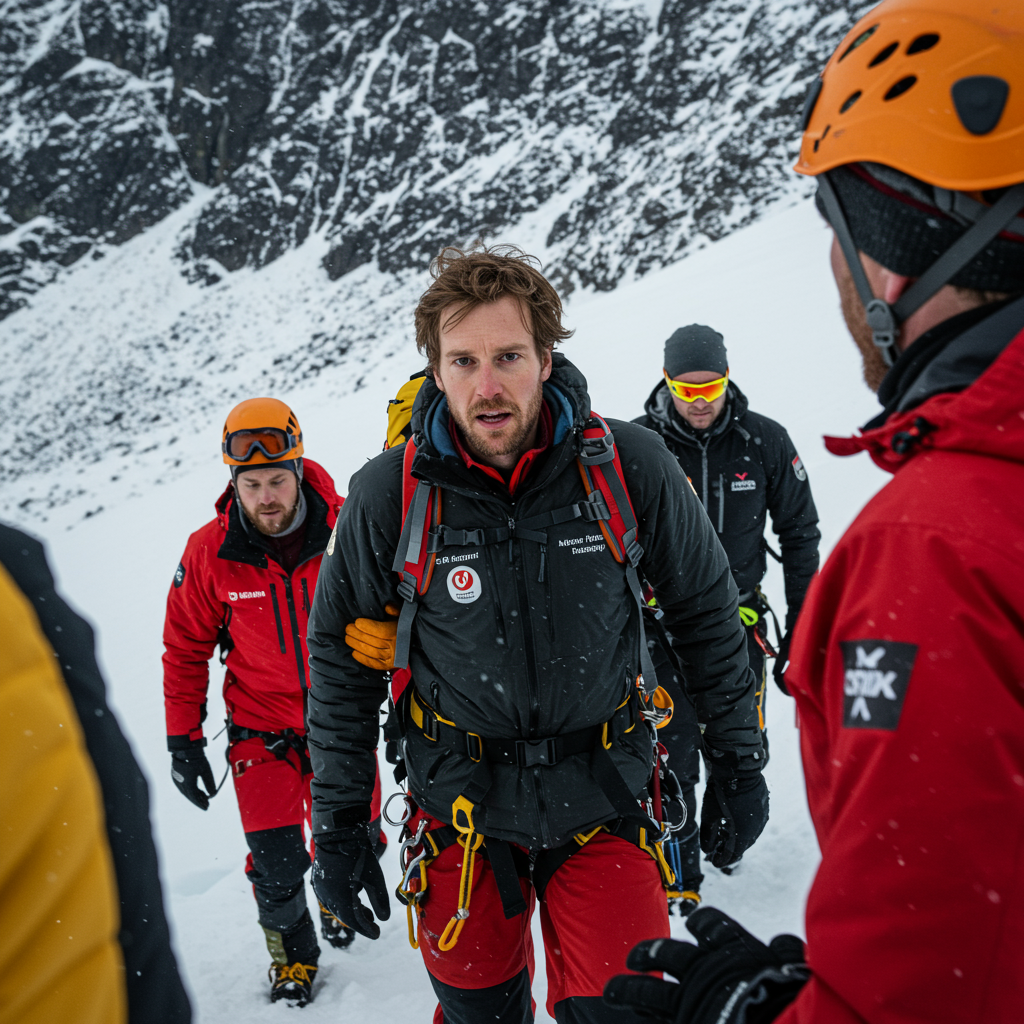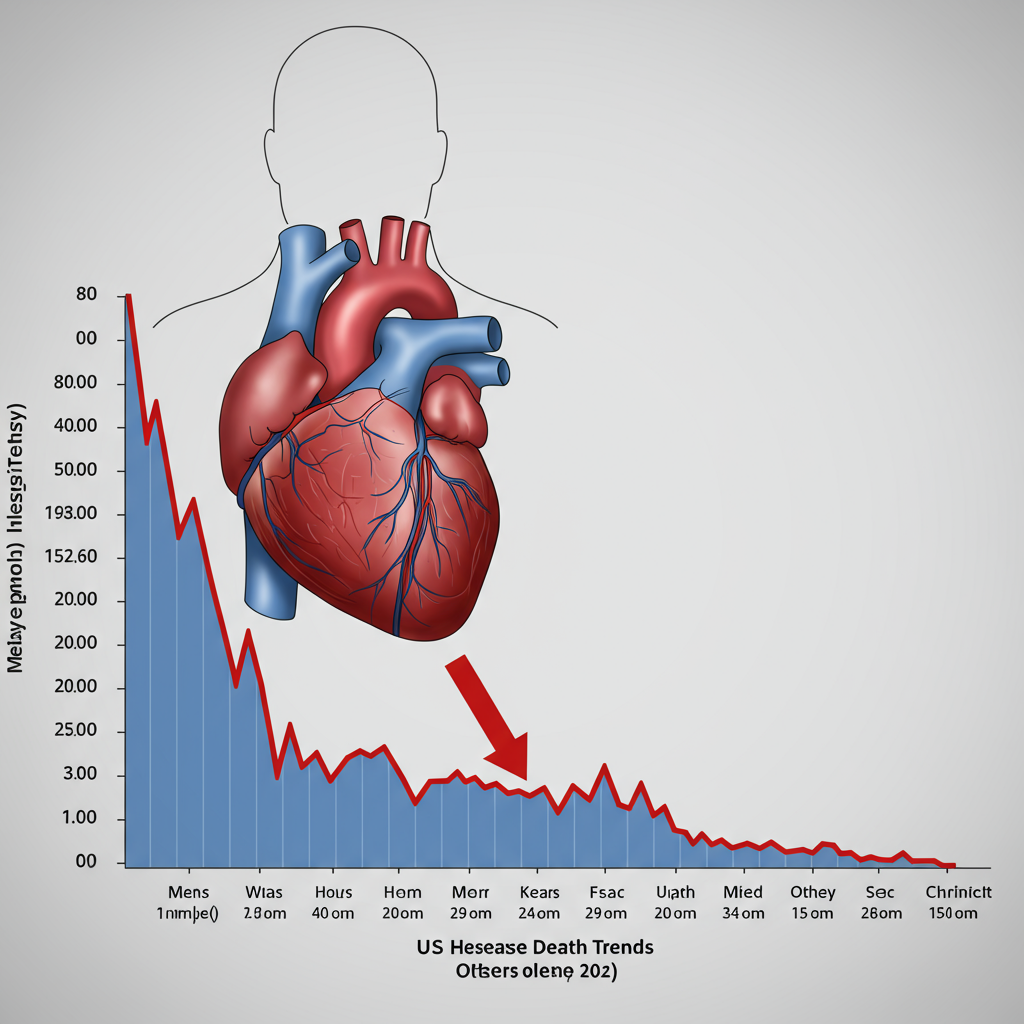An incredible survival story has unfolded in Norway’s rugged wilderness, captivating international attention. American climate journalist Alec Luhn has been successfully located and rescued after going missing for several days during a solo hiking expedition in the challenging Folgefonna National Park. His discovery alive brought immense relief to his family and the dedicated rescue teams who tirelessly searched the expansive and perilous terrain. This remarkable outcome underscores the resilience of the human spirit and the extraordinary efforts of Norway’s emergency services and volunteers.
The Disappearance: When Concern Grew
Alec Luhn, a distinguished 38-year-old journalist with an extensive background in reporting from remote and high-risk environments, embarked on his solo hike in Folgefonna National Park on a Thursday. He had last communicated with his wife, Veronika Silchenko, on that day, as he set out into an area notoriously sparse in mobile phone signal. While a brief period of no contact was not unusual for Luhn, given his adventurous nature and frequent excursions into remote regions for his climate journalism, concern mounted rapidly when he failed to board his scheduled flight home to England on the following Monday.
His wife, a journalist herself, reported him missing after he became unreachable and missed his flight. The urgency escalated when his parents, who had been vacationing with him in Norway, also could not establish contact. Friends, including Patrick Reevell and Michael Downey, expressed growing anxiety. They knew Luhn was an experienced hiker familiar with backcountry conditions, but the prolonged silence inevitably led to fears of the worst-case scenario. Silchenko later accessed her husband’s laptop, discovering a diary entry from Thursday afternoon indicating poor mobile coverage—his last known communication.
The Intensive Search Operation
The vast and challenging landscape of Folgefonna National Park immediately presented significant obstacles for search and rescue efforts. The operation, initiated on Monday and expanded by Tuesday, was a massive, coordinated endeavor primarily spearheaded by the Norwegian Red Cross. Hundreds of volunteers were mobilized, reflecting a deep community commitment. The search included specialized climbing teams, expertly navigating the steep, glaciated terrain, and advanced drone technology to cover large areas quickly.
Early search efforts were severely hampered by adverse weather conditions. Heavy rainfall, poor visibility, high water levels, and difficult terrain made navigation perilous. Bridges became impassable, and drones were often grounded, restricting access to critical areas. Ingeborg Thorsland, a spokesperson for the Norwegian Red Cross, detailed these difficulties, highlighting how environmental factors could impede even the most seasoned searchers. Despite these formidable challenges, the resolve of the rescue teams remained unbroken.
The Moment of Rescue: A Glimmer of Hope
On Wednesday morning, a crucial improvement in weather conditions offered a window of opportunity. This allowed for the deployment of helicopters, which proved pivotal in the search. At 11:34 a.m. local time, a helicopter crew spotted Alec Luhn. He was waving to police, signaling his location. Rescuers found him north of Nedre Buarbreen, near a glacier, a region known for its lack of cell service.
Upon reaching him, rescue personnel described Luhn as conscious, albeit tired, and “awake and adequate.” He expressed immense relief at being found. Svein Buer, an emergency manager for Hardanger police, confirmed Luhn had sustained some injuries to his legs. He was promptly airlifted to Haukeland Hospital in Bergen for medical treatment. Stig Hope, a Red Cross volunteer and head of operations at Folgefonna, expressed the collective joy, noting the rarity of such a positive outcome after so many days. “I can’t remember us finding someone alive after so many days. The search doesn’t always end like this,” Hope remarked.
Alec Luhn: A Profile in Resilience
Alec Luhn’s survival story is particularly poignant given his professional background. A climate journalist originally from Wisconsin and currently based in London, Luhn has built a distinguished career covering critical global issues. His work has appeared in prestigious outlets such as National Geographic, The Guardian, The New York Times, The Atlantic, TIME, and WIRED. He spent over a decade as a foreign correspondent in Moscow, gaining a reputation for reporting from high-risk and remote areas, skills that inadvertently contributed to his resilience in this challenging ordeal.
His dedication to covering the climate crisis has led him to explore extreme environments, including the Arctic, Siberia, and Central Asia. This profound experience with glaciers and wilderness travel likely played a significant role in his ability to endure for six days in the rugged Norwegian landscape. Friends and family consistently describe him as “very curious,” “strong,” and “very resilient”—qualities that were undoubtedly tested during his ordeal. His wife, Veronika Silchenko, called his rescue a “miracle” and “the best day of my life,” highlighting the immense emotional toll and subsequent joy following his safe return.
Reflections on a Heroic Effort
The successful rescue of Alec Luhn stands as a testament to the immense value of human cooperation and specialized training in emergency situations. The Norwegian Red Cross, local police, and hundreds of dedicated volunteers demonstrated exceptional commitment under grueling conditions. This event highlights the inherent dangers of solo hiking in remote, glaciated regions, even for experienced individuals like Luhn. It also showcases the power of a well-coordinated, persistent search operation, which transformed a dire situation into a celebration of life. The outpouring of global support and relief underscores the human connection fostered by such compelling survival narratives.
Frequently Asked Questions
What exactly happened to American journalist Alec Luhn in Norway?
Alec Luhn, a 38-year-old American climate journalist, went missing for six days during a solo hiking trip in Norway’s challenging Folgefonna National Park. He last communicated on a Thursday and was reported missing on Monday after failing to board his scheduled flight. Following an extensive search operation by the Norwegian Red Cross and other emergency teams, he was found alive on Wednesday morning by a helicopter crew, sustaining leg injuries but otherwise in good condition.
Who was involved in the extensive search and rescue operation for Alec Luhn?
The search operation was a large, coordinated effort primarily led by the Norwegian Red Cross. It involved hundreds of dedicated volunteers, specialized climbing teams equipped for glaciated terrain, and advanced drone technology to cover the vast park area. Local police, including the Hardanger police, also played a crucial role in the management and execution of the search, working tirelessly despite difficult weather conditions like heavy rain and poor visibility.
What are key safety considerations for hiking in Norwegian national parks, based on this incident?
The rescue of Alec Luhn highlights critical safety considerations for hiking in remote areas like Norwegian national parks. Even experienced hikers can face significant dangers due to challenging terrain, rapidly changing weather conditions, and limited to no mobile phone coverage. Hikers should always inform someone of their detailed itinerary, including planned routes and expected return times. Carrying appropriate gear for all weather conditions, understanding the specific risks of glaciated areas, and being prepared for self-sufficiency are paramount for safety.
A Story of Hope and Resilience
Alec Luhn’s incredible survival in the face of daunting odds has resonated globally. It’s a powerful narrative of human resilience, the unwavering dedication of search and rescue teams, and the profound relief experienced when a life is saved. As he recovers, his story will undoubtedly inspire reflection on the beauty and inherent risks of wilderness exploration, while celebrating the heroes who brave these challenges to bring people home.




